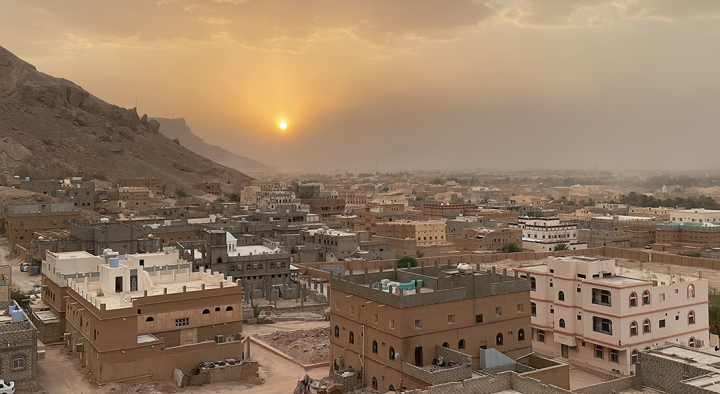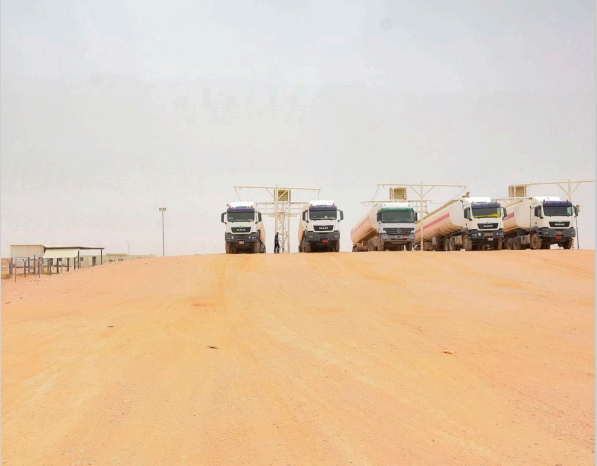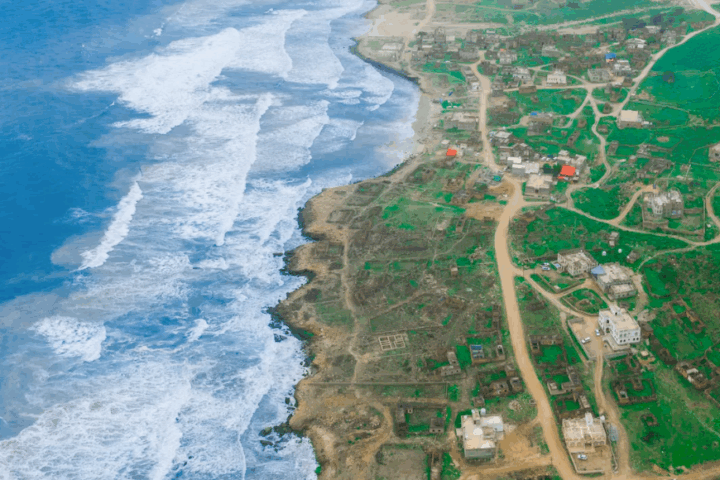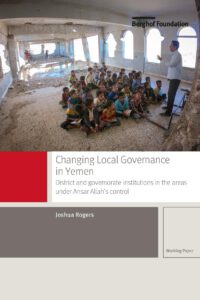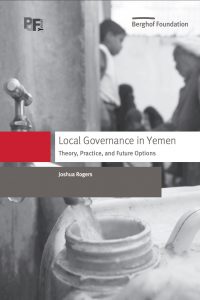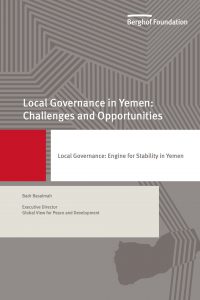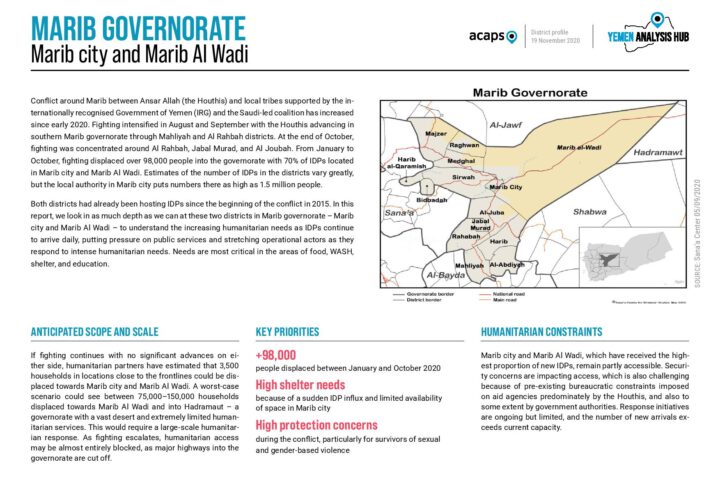
The report checks in depth the increasing humanitarian needs in two districts in Marib governorate – Marib city and Marib Al Wadi – Needs are most critical in the areas of food, WASH, shelter, and education.
Conflict around Marib between Ansar Allah (the Houthis) and local tribes supported by the internationally recognised Government of Yemen (IRG) and the Saudi-led coalition has increased since early 2020. Fighting intensified in August and September with the Houthis advancing in southern Marib governorate through Mahliyah and Al Rahbah districts. At the end of October, fighting was concentrated around Al Rahbah, Jabal Murad, and Al Joubah. From January to October, fighting displaced over 98,000 people into the governorate with 70% of IDPs located in Marib city and Marib Al Wadi. Estimates of the number of IDPs in the districts vary greatly, but the local authority in Marib city puts numbers there as high as 1.5 million people.
Both districts had already been hosting IDPs since the beginning of the conflict in 2015. In this report, we look in as much depth as we can at these two districts in Marib governorate – Marib city and Marib Al Wadi – to understand the increasing humanitarian needs as IDPs continue to arrive daily, putting pressure on public services and stretching operational actors as they respond to intense humanitarian needs. Needs are most critical in the areas of food, WASH, shelter, and education.
Other resources you may be interested in:
The Hadhramawt National Council: A strategic move or a tactical reaction?
Discussion of the HNC’s potential to serve as an inclusive platform for Hadhrami aspirations and its challenges in establishing a clear strategic direction, while analysing whether it represents a strategic initiative or a tactical response to regional and local dynamics. The paper recenters HNC’s main role as to unify various Hadhrami movements advocating for greater […]
Recovering Lost Ground in Shabwa’s Oil Sector
Policy brief highlighting the pivotal role of the governorate of Shabwah in Yemen’s oil sector. It criticises the predominant role of international oil companies and the central government in Shabwah’s oil sector, and proposes a localisation, including the establishment of a local oil refinery, to meet local demands and to become more sensitive to developmental, […]
Extreme Weather and the Role of Early Warning Systems in Yemen: Al-Mahra as a Case Study
Policy brief on the effects of extreme wheather events in Al Mahra, exploring the perception of Mahrawis on the impact of climate change on agriculture, infrastrucure and their personal lives. Recommendations include ways for local authorities to develop an emergency response strategy in order to improve their ability to deal with (the aftermaths of) extreme […]


